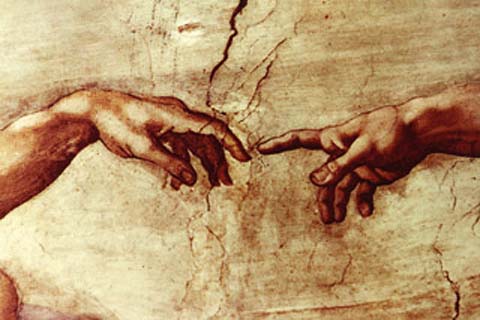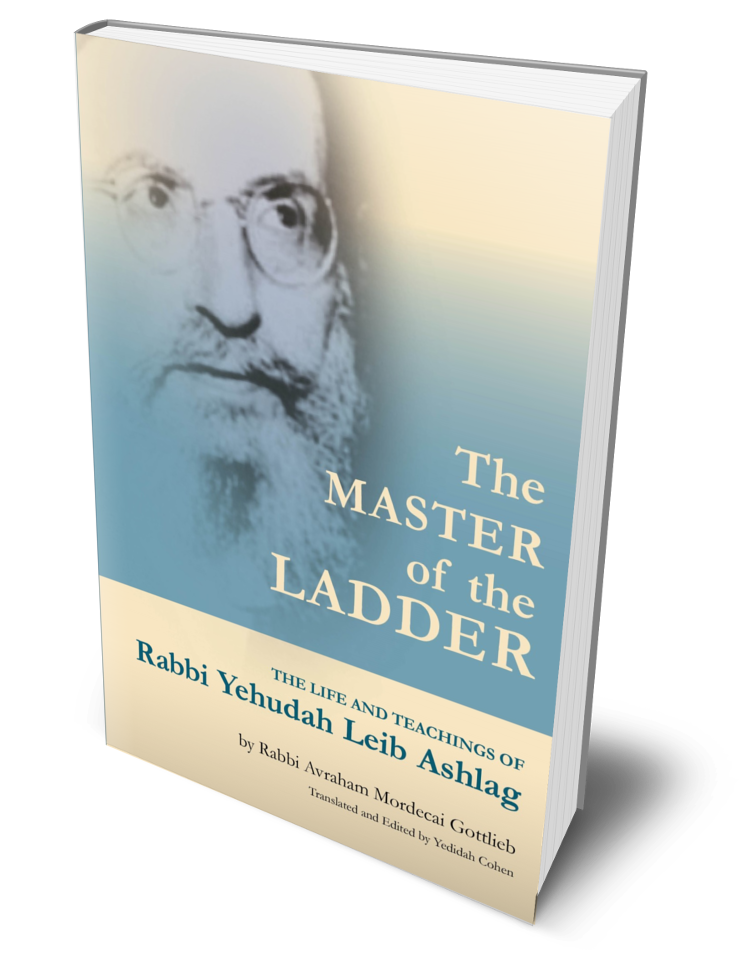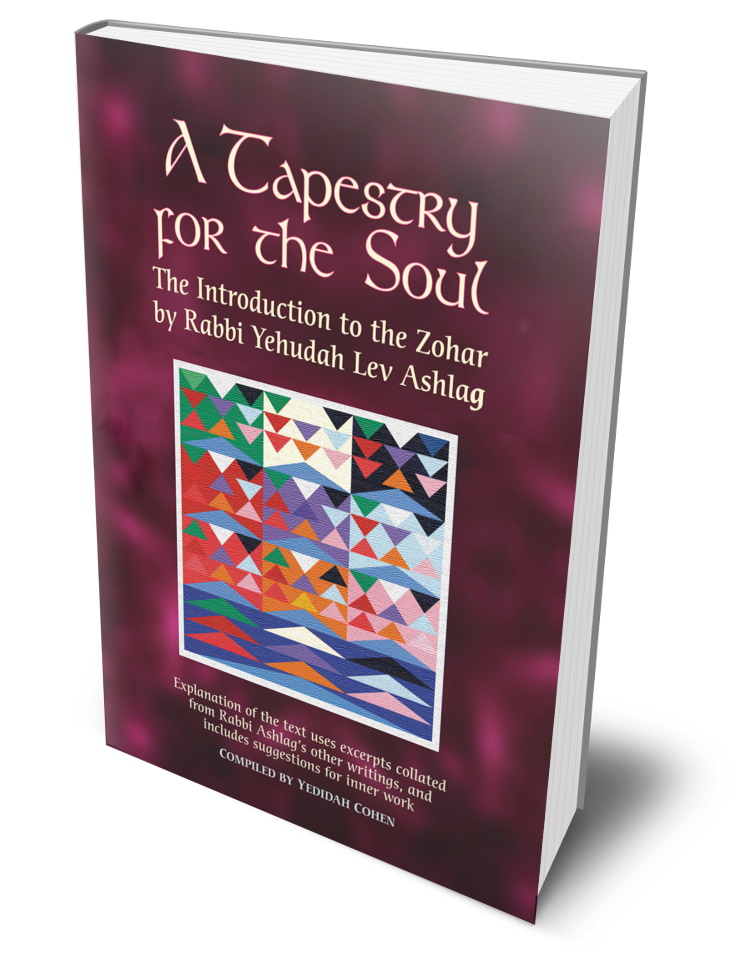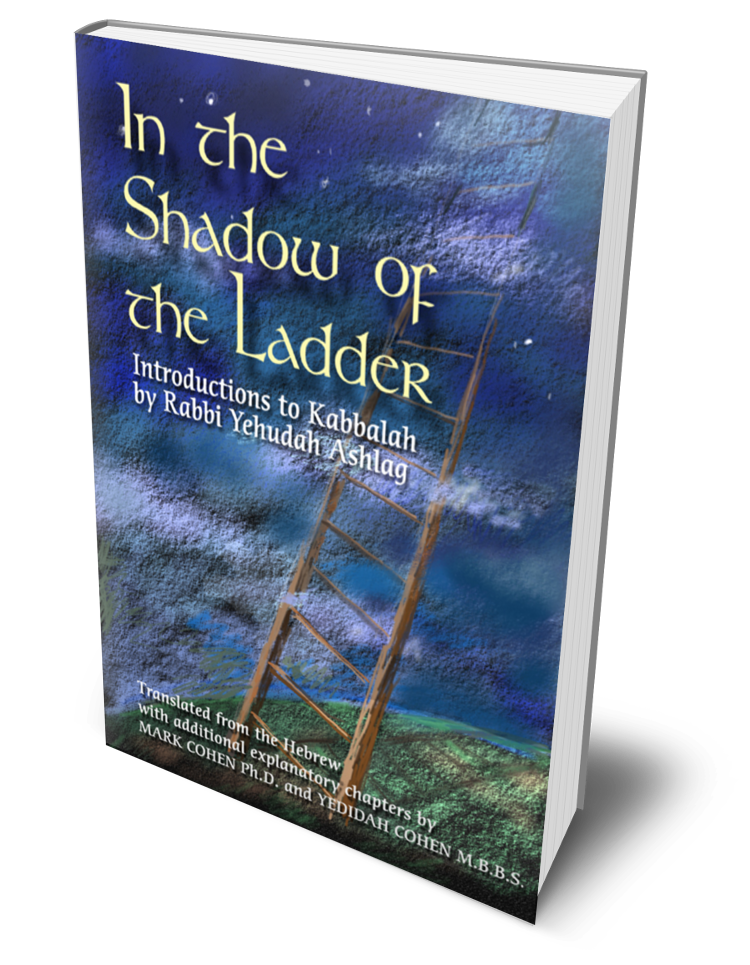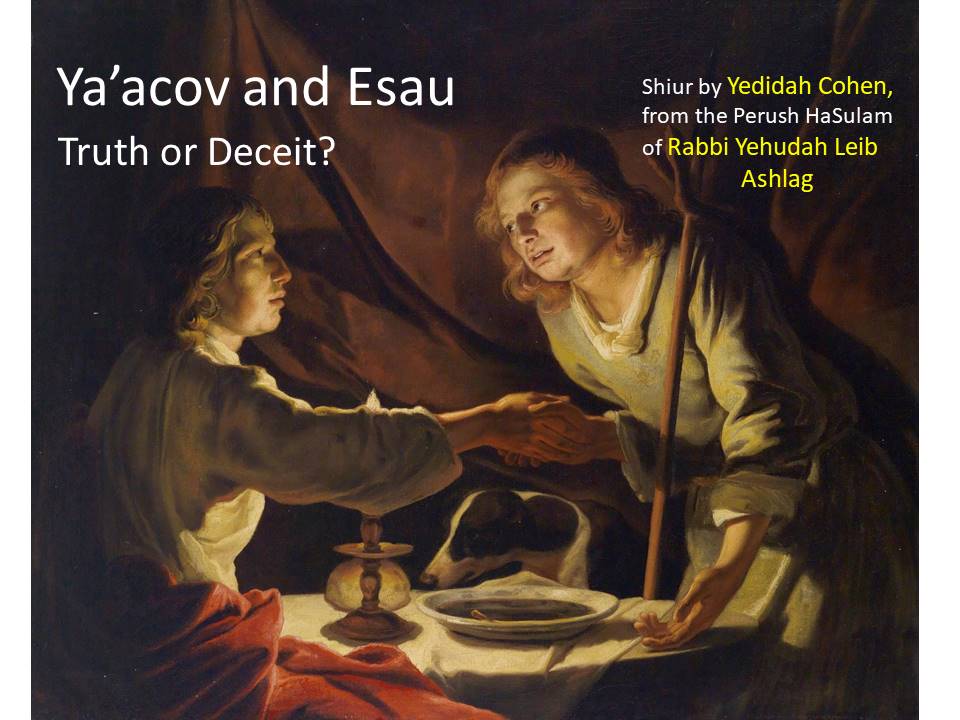
Podcast: Play in new window | Download (Duration: 24:29 — 22.5MB)
Subscribe: Apple Podcasts | Spotify | Android | Podchaser | Email | RSS
On this week of the Parasha Toledot, we read the story of Ya’acov and Esau. This story is such a perplexing one when we read the simple bald recital of the events as they took place as described in Bereishit, the book of Genesis. So many questions arise!
Ya’acov refuses to give Esau soup until he sells his birthright to him. On the surface, this looks like a callous act, to put it mildly. Yet how can this be? Ya’acov, is described as a dweller of tents, meaning that he dwelt in the tent of Torah. How could he behave in this way? To get an answer to this, we need to go deeply into the reasons and intentions that lie behind the outer acts.
These we find in the Kabbalah, which teaches us that although on the surface, it appears that Esau was hard done by, in fact, he hid his true nature. Esau came in from the field, exhausted, close to death because he had just murdered Nimrod, and taken his garments. These were garments that had come to Nimrod from Adam, but , unlike Adam, he used them in an evil and wrong way. Esau coveted them.
This day, Ya’acov was making lentils, because it was a dish given to mourners, and this was the day that Avraham died. Esau, rejected the legacy of Avraham, which was not a legacy of riches and material possessions, but a legacy of faith in God. He despised his birthright and wanted none of the obligations and responsibilities that it invoked.
Ya’acov, by taking on the birthright, for himself and his descendants took on the faith in God, with all the responsibility that it involves, rescuing the vessels that belonged to Esau bringing them with him into the framework of holiness. Similarly his action with the blessings was a work of great tikkun.
By learning the Zohar on this story our difficulties with the literal interpretation of the story melt away and we come into a deeper appreciation of the need to see the Torah, in all its aspects, the Pshat, Remez, Drash and Sod as a whole.
{ 0 comments }
